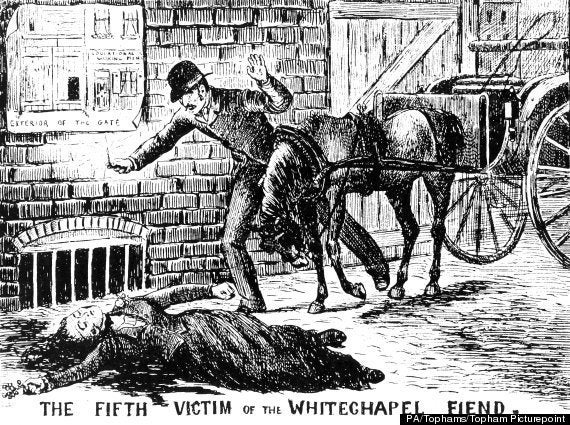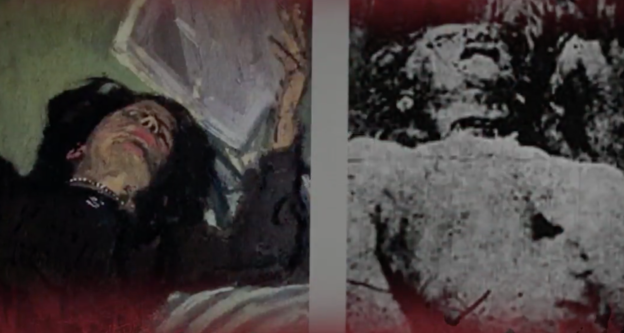Crime writer Patricia Cornwell has devoted half of her career to identifying the murderous ghoul who posed as Jack the Ripper, and her findings do not paint a pretty picture.
Having spent millions on research and analysis of the mocking letters sent to police during his reign of terror, Cornwell is now certain the killer was British impressionist painter Walter Sickert.
The artist, who died in 1942, is the subject of her latest book and Cornwell has now revealed it was the British police themselves who suggested she investigate the man who made a successful career drawing nudes of brutalised women.

In a column for The Mirror, Cornwell claims Sickert’s name was passed to her by Scotland Yard investigator John Grieve.
Sickert was known to take a keen interest in the crimes of the shadowy figure who stalked the foggy alleyways of Whitechapel in 1888, and who is officially said to have murdered five women during his reign of terror.
But Cornwell’s years of research have led her to a dark and disturbing conclusion: “Real people died. They were mutilated, dismembered, in some instances possibly cannibalised, and his victims include children if you believe what the Ripper himself boasts in his mocking letters.
“He didn’t kill only five people, and he didn’t stop in November 1888.”

In her book, Cornwell muses that the Ripper’s toll was at least a dozen, or maybe even 20+ victims.
Cornwell’s prime evidence regards scientific analysis of stationery used by Sickert, the same of which was used by the Ripper to send letters to the police. The best-selling author’s research has found that three Sickert letters and two Ripper ones came from a paper run of just 24 sheets.
Furthermore, she says she has unearthed evidence that Sickert was in Britain during at least three killings, when he claimed to have been in France, and has “proof” the painter was in Cornwall around the time a guesthouse visitor book was vandalised and signed “Jack the Ripper, Whitechapel.”

As well as the clues in the stationery and evidence that one of the Ripper letters was apparently painted, Cornwell cites alleged congenital abnormalities of Sickert’s penis and subsequent, painful surgeries as a possible motivation for committing such terrible, sexually-motivated crimes.
She asks: “Sickert was a victim of medical violence. Was he doing unto others what was done unto him? At least in his unfathomable mind?”
There are hundreds of suspects who have been investigated by self-proclaimed ‘Ripperologists’ through the years, but no-one has ever been able to conclusively prove the killer’s identity.
Suspects have ranged from Alice in Wonderland author Lewis Carroll, renowned poet Francis Thompson, to the wife of an eminent Victorian surgeon.
Will we ever know the truth?


